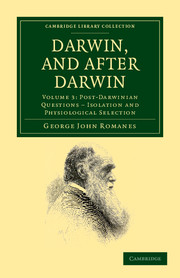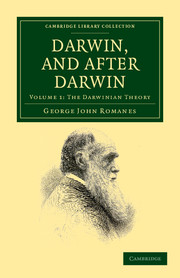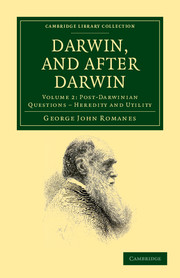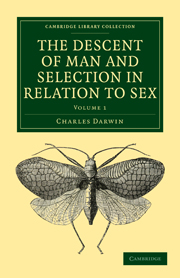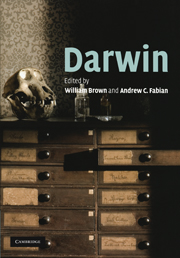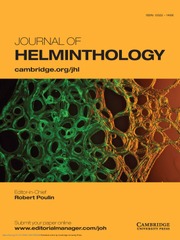Darwin, and after Darwin
George John Romanes (1848–94), evolutionary biologist, was one of the most zealous supporters of Darwin's theory of evolution by natural selection in the nineteenth century. He met Darwin in 1874 and became a firm friend and follower, applying Darwinian theory to his work on animal intelligence and mental evolution. Romanes was elected to the Royal Society in 1879 at the age of 31, having produced his own influential research on the evolution of the nervous system. This three-volume study of Darwin's work and its implications was first developed as a series of lectures given in Edinburgh and London between 1886 and 1890. Controversially, Romanes deviates from Darwin's assertion of the significance of geographical isolation, contending that physiological differences among the same species were central to evolutionary change. Published posthumously in 1897, Volume 3 considers the 'post-Darwinian question' of isolation, incorporating Romanes' own theories on physiological selection.
Product details
November 2011Paperback
9781108038119
196 pages
216 × 140 × 11 mm
0.26kg
1 b/w illus.
Available
Table of Contents
- Preface
- 1. Isolation
- 2. Isolation (continued)
- 3. Physiological selection
- 4. Evidences of physiological selection
- 5. Further evidences of physiological selection
- 6. A brief history of isolation as a factor in organic evolution
- General conclusions
- Appendix
- Index.

